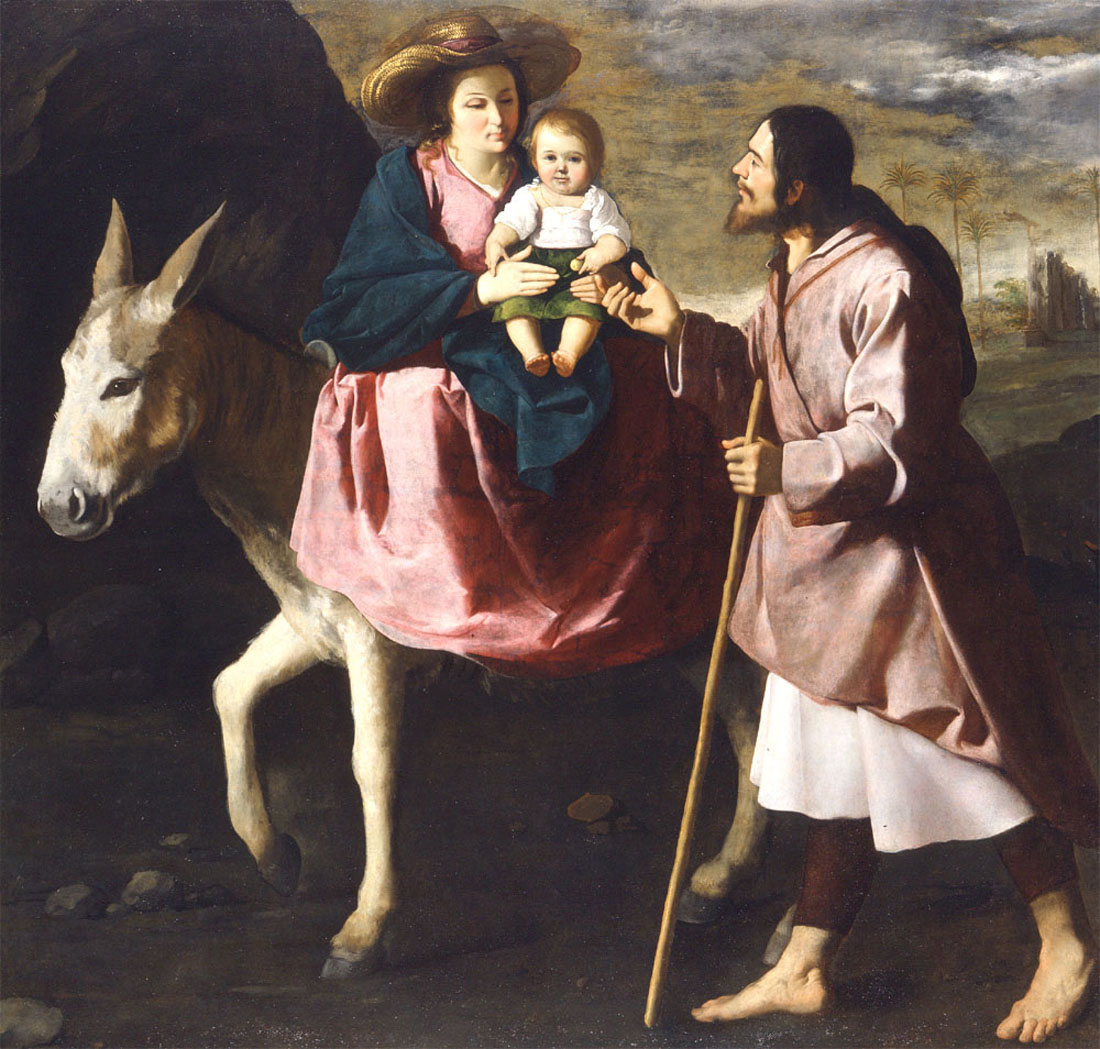SAM Art: More than just a Spanish family

Flush with international power and resources from its holdings in Europe, the Americas and Asia, the royal court of Spain was the greatest art collector in the country. Before the seventeenth century, Spanish patrons mostly commissioned art from Italian and Flemish artists; but in the 1600s Spanish artists came into their own. Velázquez, Murillo, Ribera, and Zurbarán created a formidable reputation for earthy naturalism, whether the subject was religious or drawn from daily life.
In this painting, what appears to be an ordinary Spanish family of the seventeenth century is, in fact, Jesus with his parents, the Virgin Mary and Joseph. Religious painters of this time strove to make stories from the Bible real and compelling for their contemporary audiences. Zurbarán, one of Spain’s most distinctive painters, addresses events that followed the birth of Jesus Christ as described in the Gospel of Matthew: Jesus’ father Joseph was warned in a dream that the jealous King Herod was threatening his infant son’s life. Joseph immediately packed up the family and they fled to safety in Egypt. The frontal orientation invites veneration from worshippers who would have been the original audience for this painting.